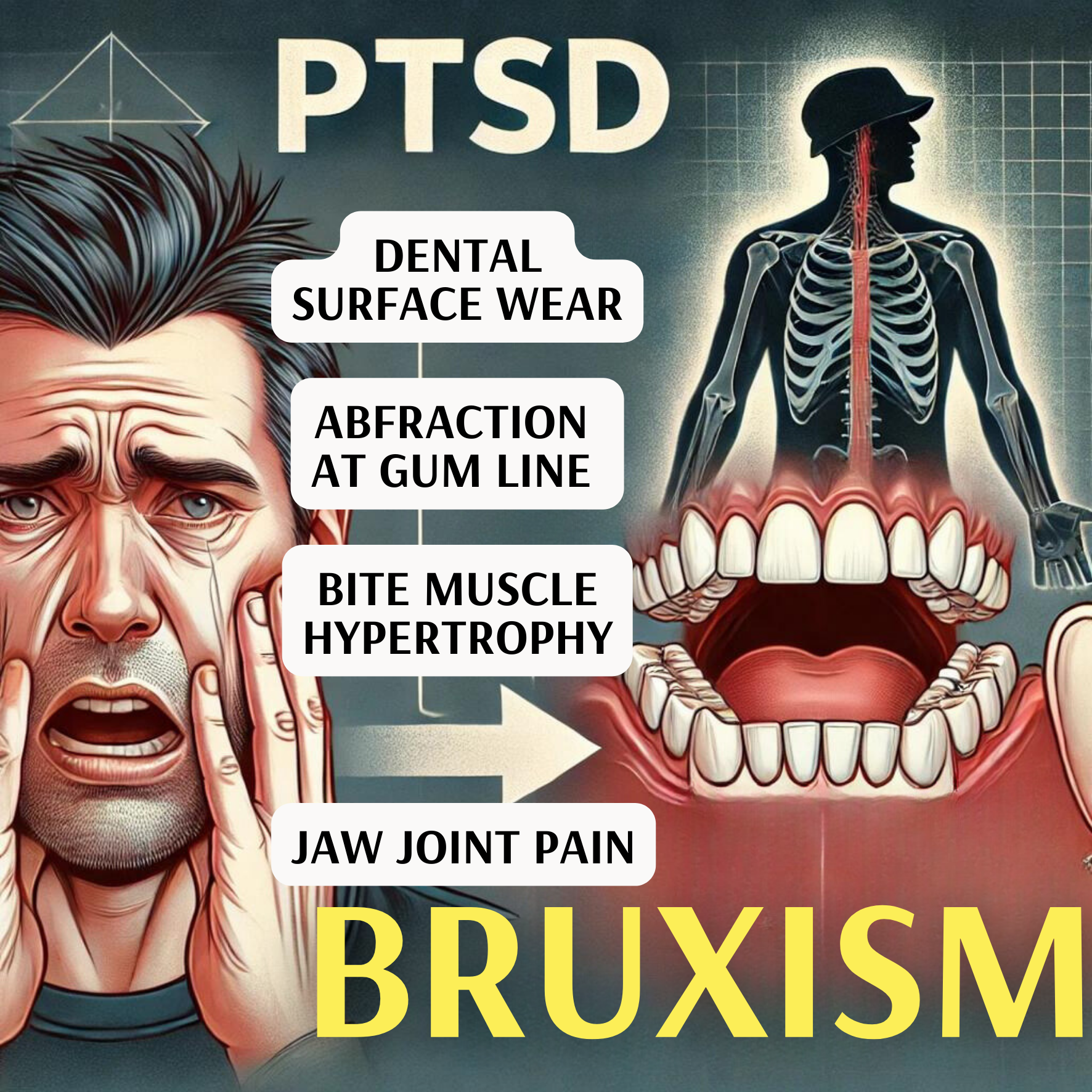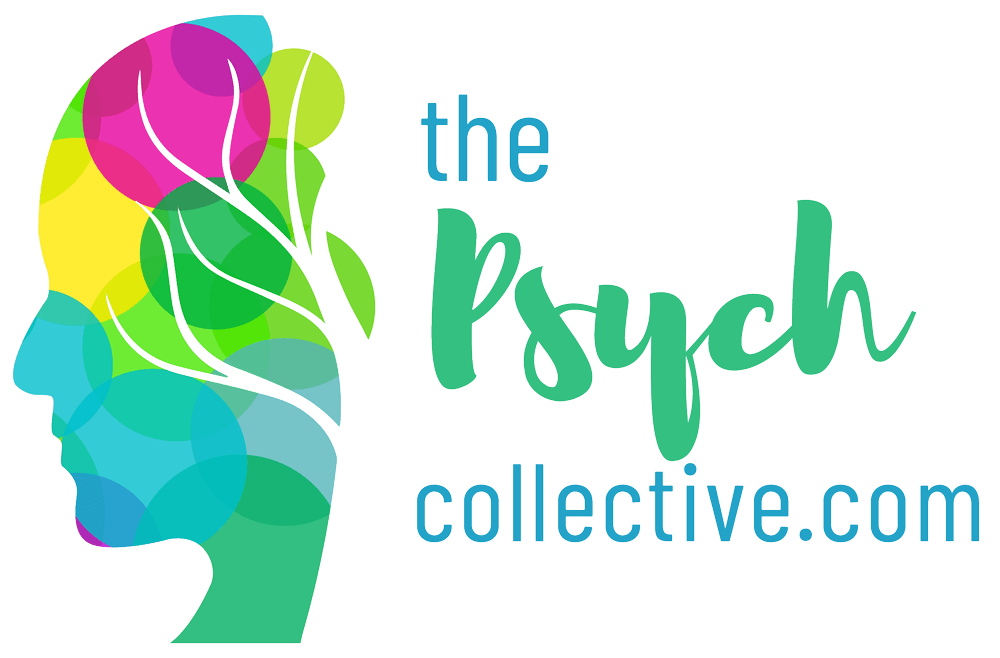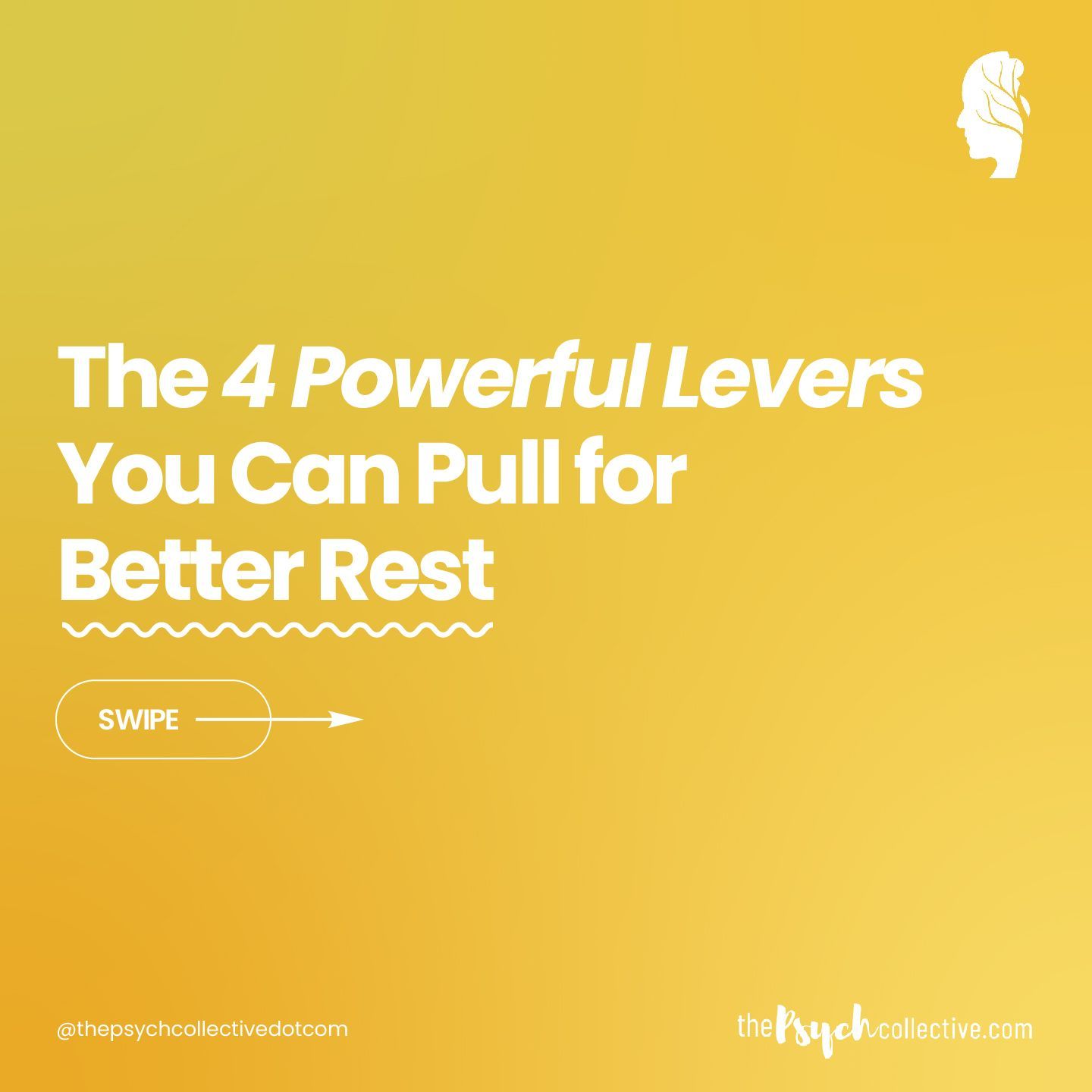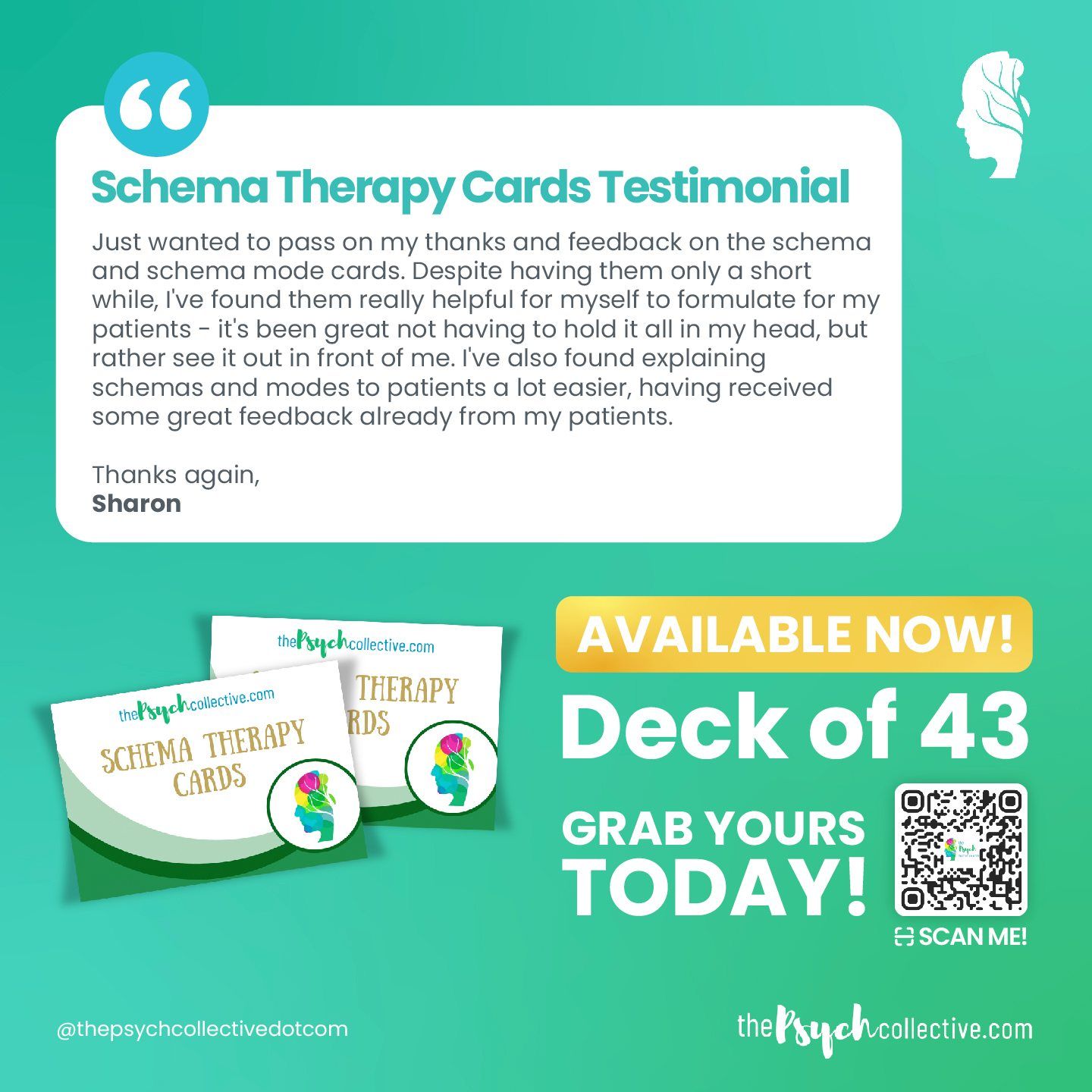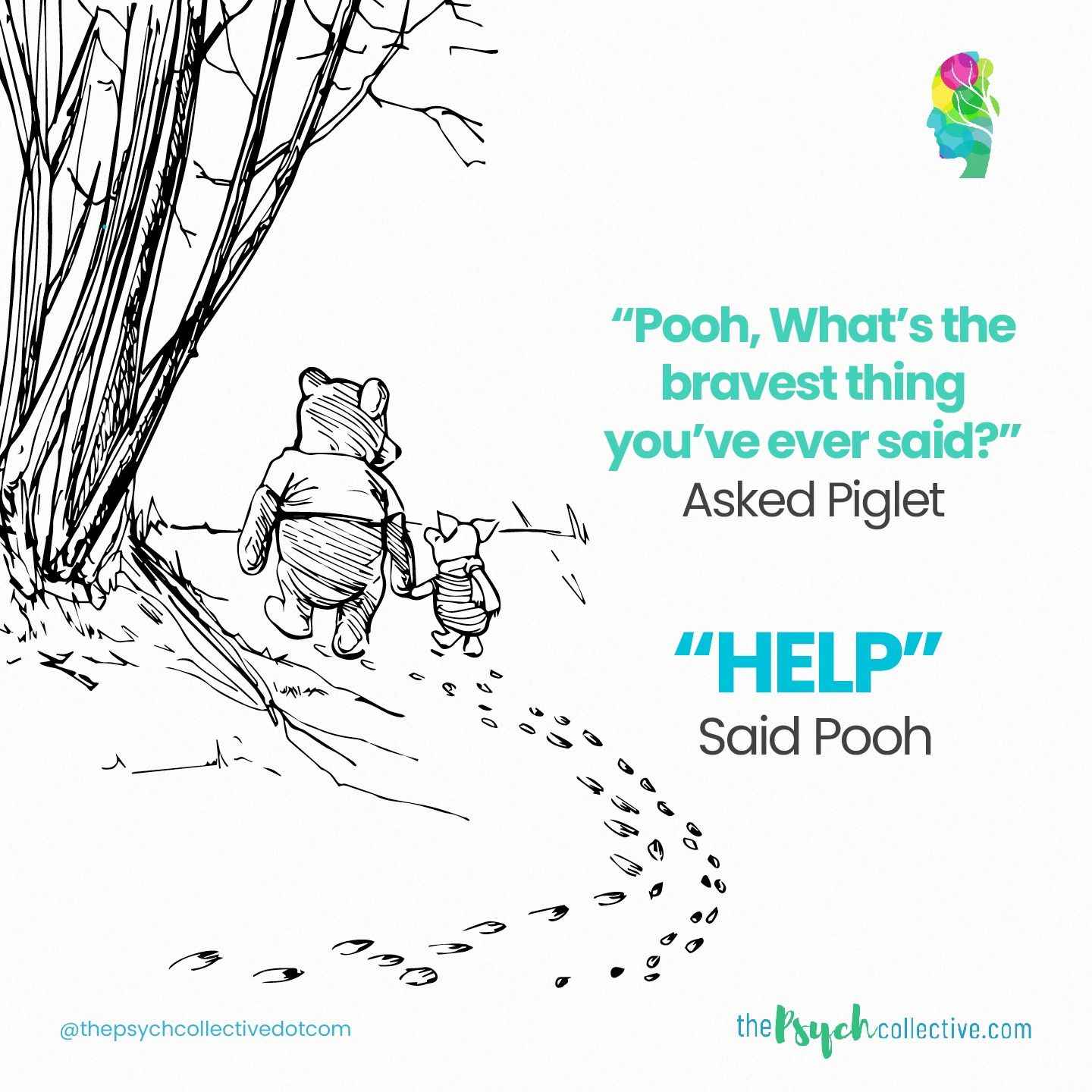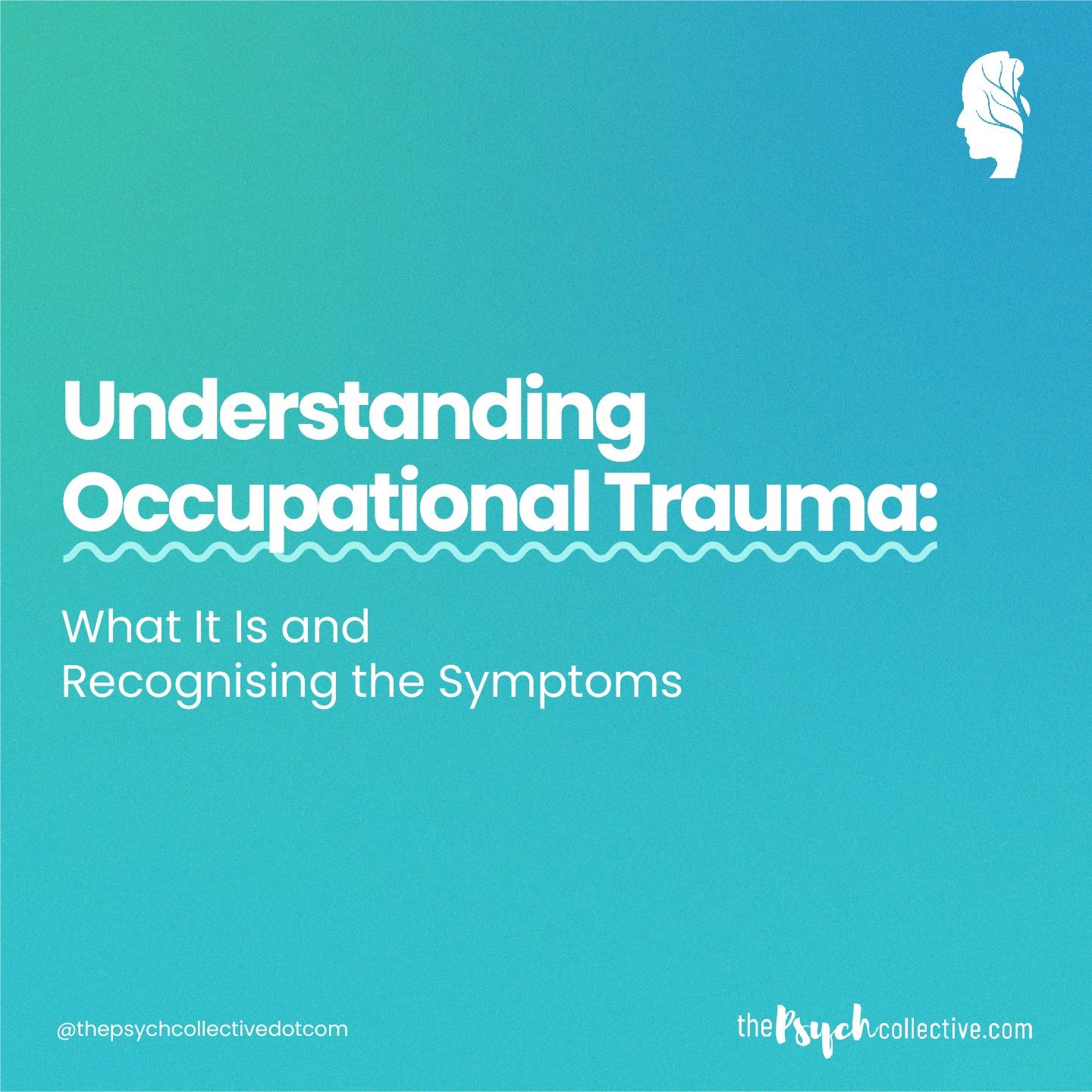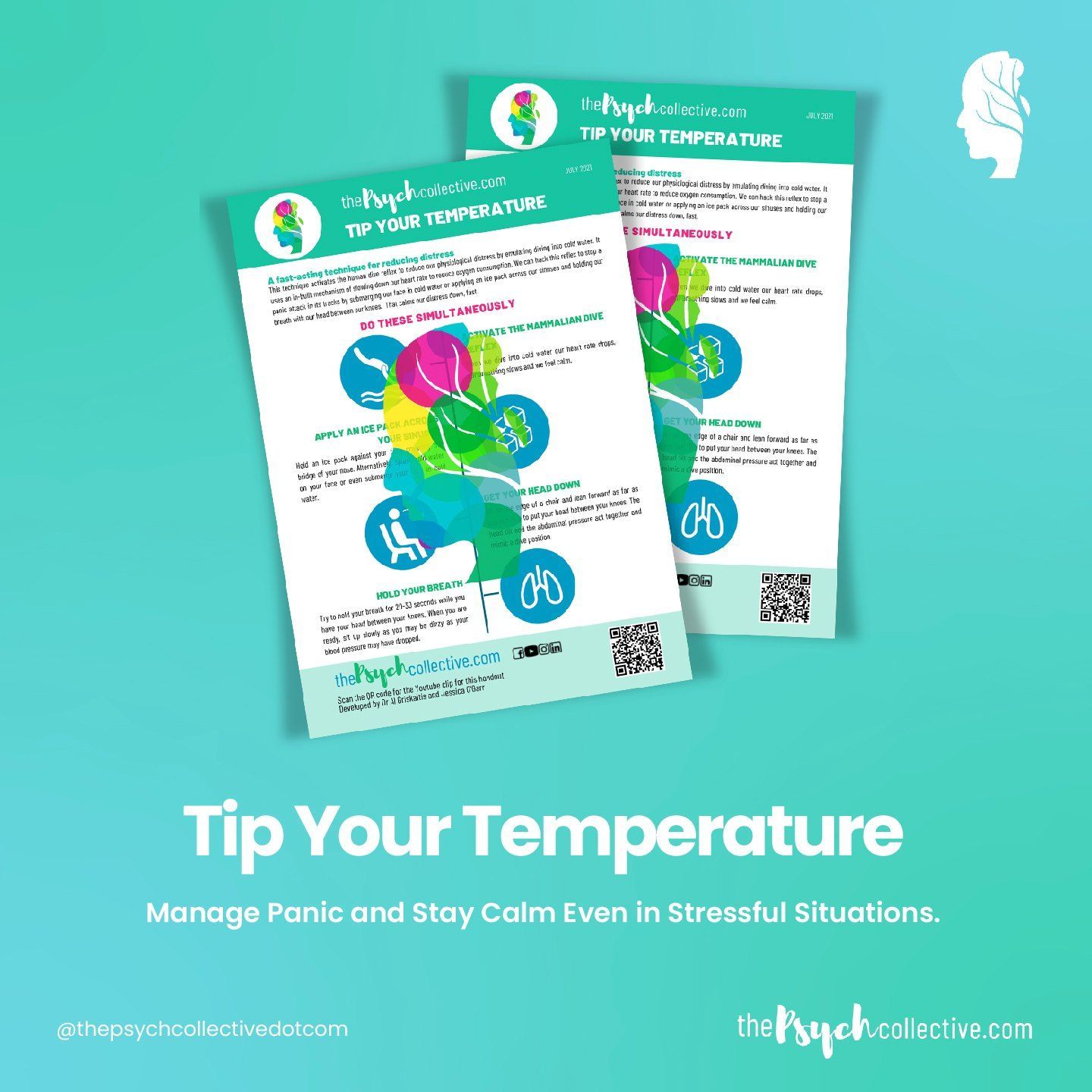What is Self-Soothing?
How do you calm yourself down?
Self-Soothing is when you engage in activities designed to help you reduce your distress or overwhelm by using the five senses to calm yourself down.
Think about when a baby is overtired and gets worked up. What do we do for it? Swaddle it, feed it, sit in a dark room and cuddle it while we rock it to sleep with shushing noises. We reduce the stimulation and use strategies designed to calm the senses so the baby can settle and sleep. For adults, we use modified strategies, like a weighted blanket instead of a swaddle (though if you want to turn yourself into a burrito, go right ahead).
Self-Soothing needs to be carefully used so that it doesn’t turn into Detached Self-Soothing. This skill is not permission to eat a tub of ice cream and watch TV for 12 hours, but it is permission to stop and engage your Soothe System so you can unwind and destress.
To do this, we use the five senses.
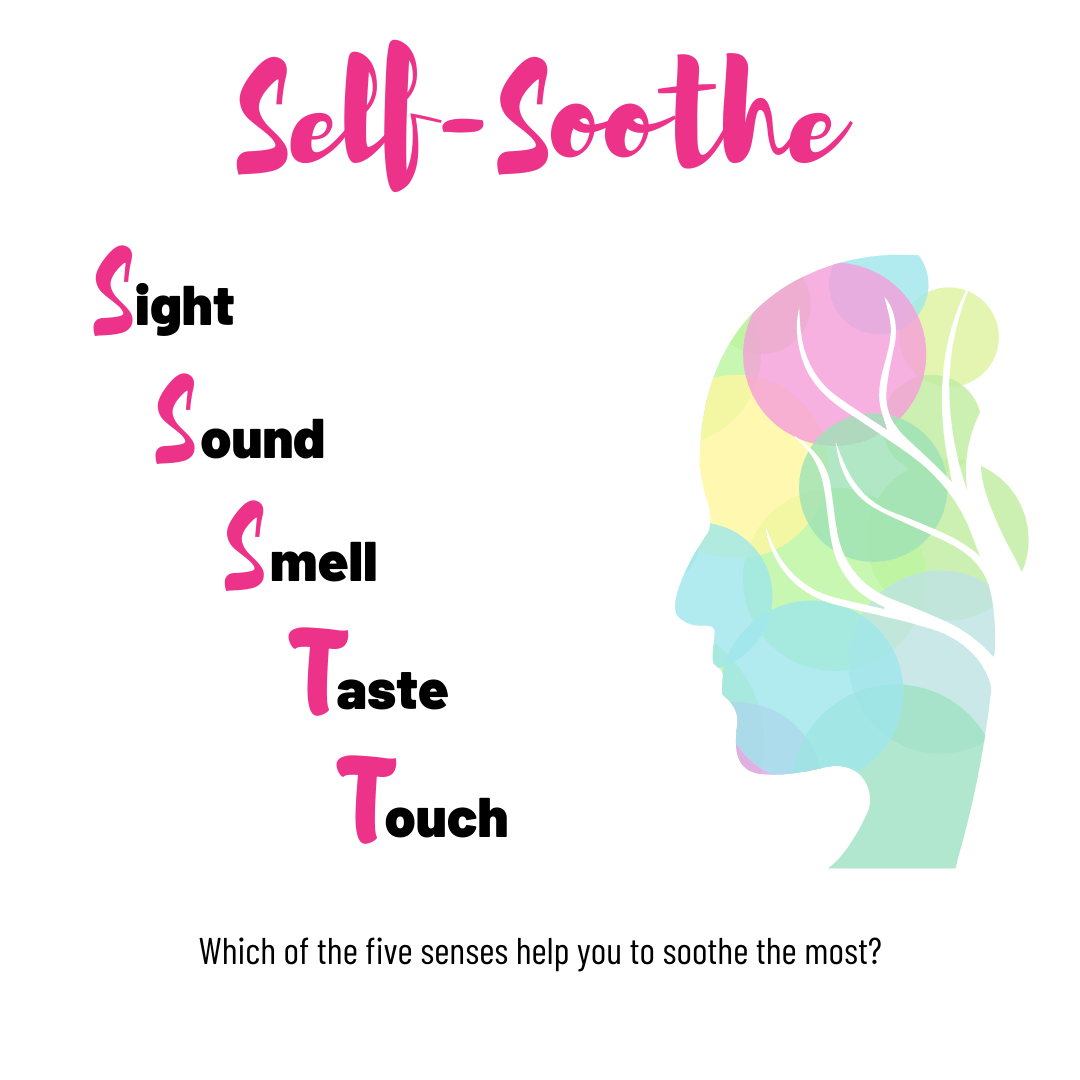
Here are some examples:
Sight
- Scroll through your camera reel on your phone
- Look at family albums
- Find images of holiday destinations on the internet
- Watch out your window
- Watch the clouds go by
- Scroll through pinterest to plan your dream house
- Watch your favourite tv show or movie
- Hang up pictures around the house
- Draw, paint or colour in
- Watch videos on YouTube. We made a playlist for you to try.
- Tidy up the space around you
Sound
- Listen to your favourite music
- Listen to new music by searching for playlists based on the mood you want to get into.
- Listen to the birds outside
- Listen to binaural beats
- Listen for kids laughing, the breeze in the trees
- Play songs that you will sing along to
- Use an app to listen to rain sounds or white noise
Smell
- Light a candle
- Spray air freshener
- Put on perfume
- Use an oil defuser
- Open the windows and let in fresh air
- Put some fresh flowers in a vase
- Go to the beach and smell the salt air
- Cook something with garlic and chilli
Taste
- Make a cup of tea
- Suck on some strong mints
- Drink some really cold water
Touch
- Wrap yourself in a weighted blanket
- Get a massage from someone else
- Play with a popper
- Use a spiky massage ball
- Put clean sheets on your bed
- Use your favourite moisturiser or body oil
- Have a warm shower
- Play with play-dough, putty, slime or kinetic sand
- Lay in the sun
It will be easier for you to use this skill if you have everything you need ready to go before you need it.
To help with this, we have made some Self-Soothe kits for you to purchase that include some of the items we mentioned above. Head over to our
Resources page to check them out.
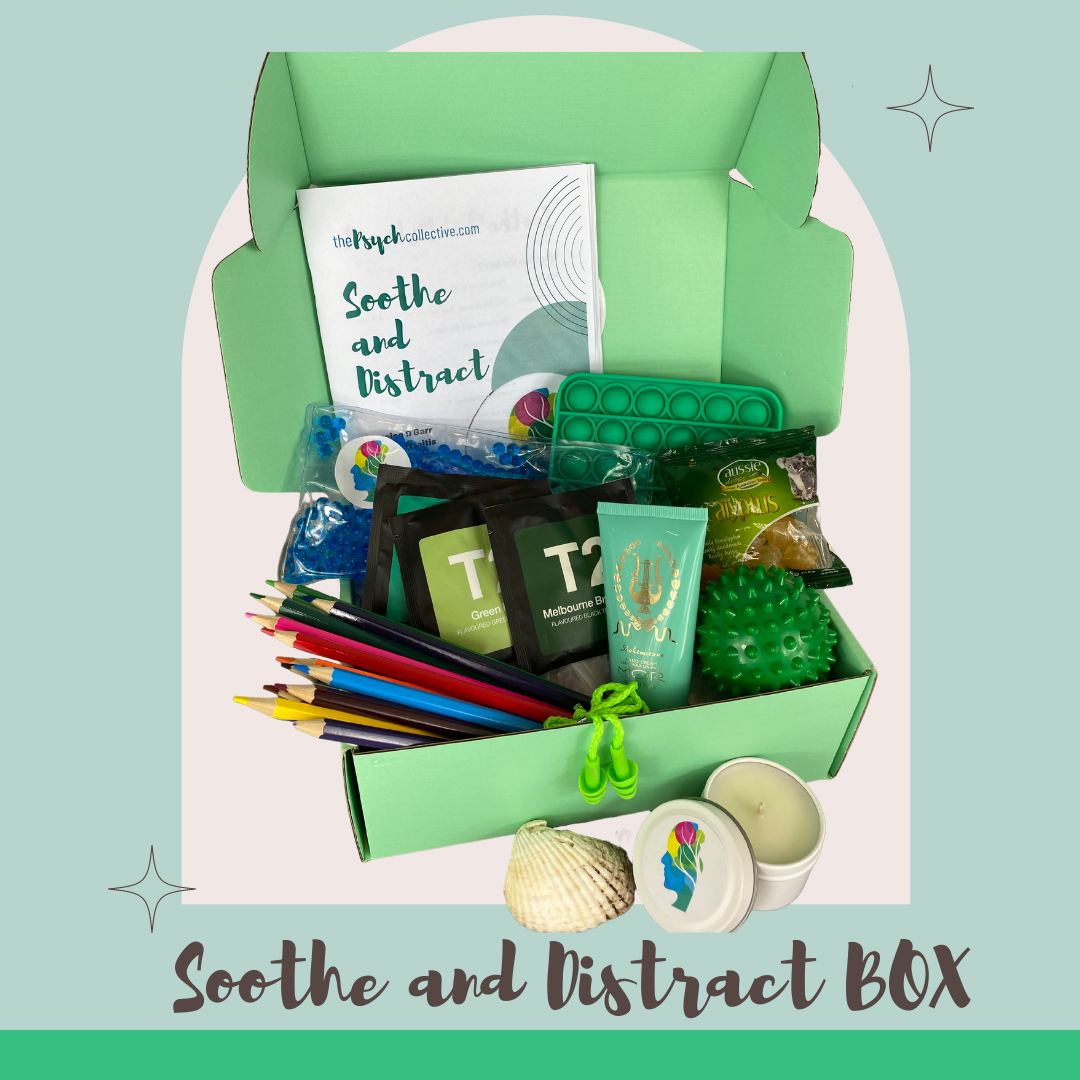
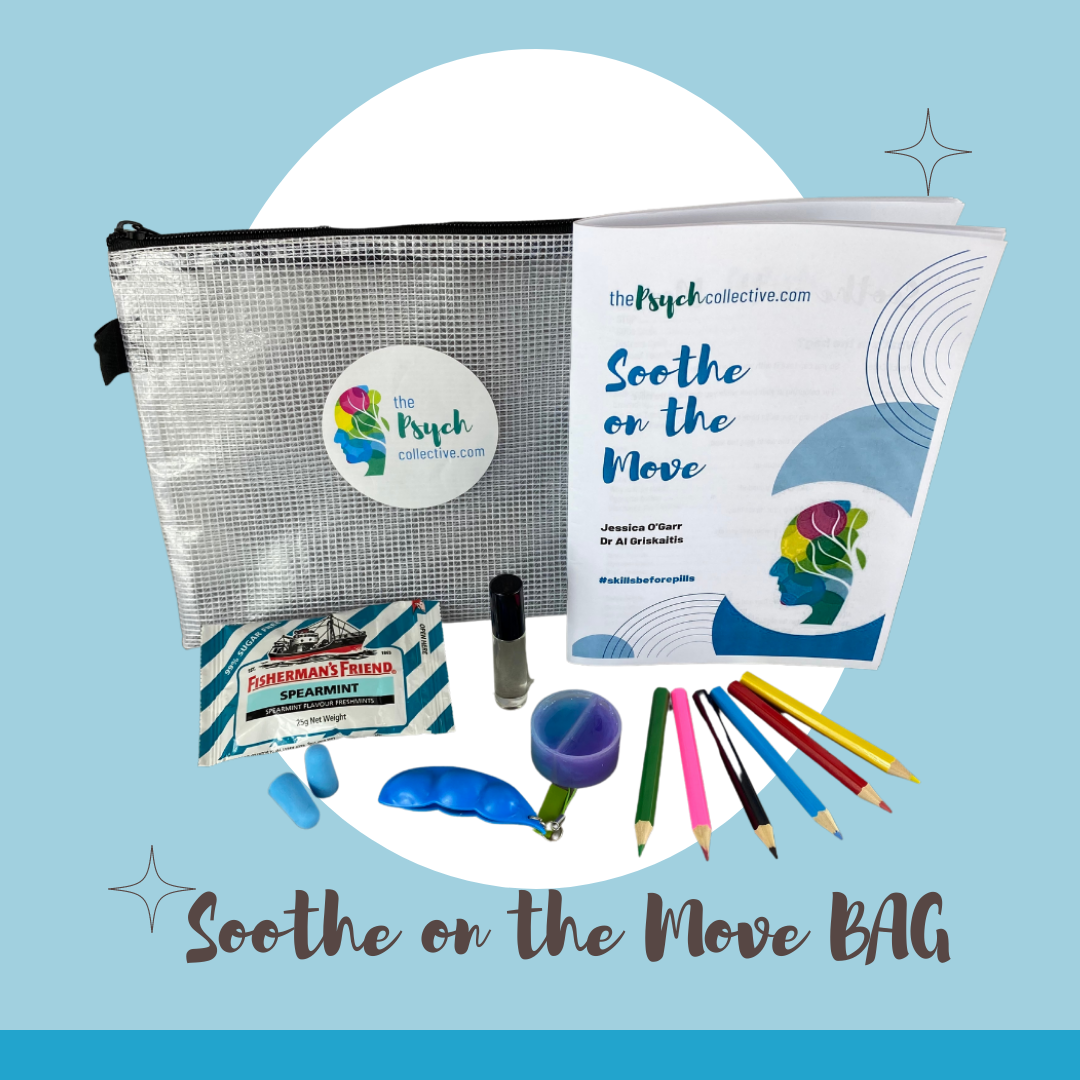
Share
Categories
About Our Resources
We offer actionable resources and teach real skills to help people make meaningful change in managing mental health issues through different modes depending on people's learning preferences including infographics, text, worksheets, handouts and video.
